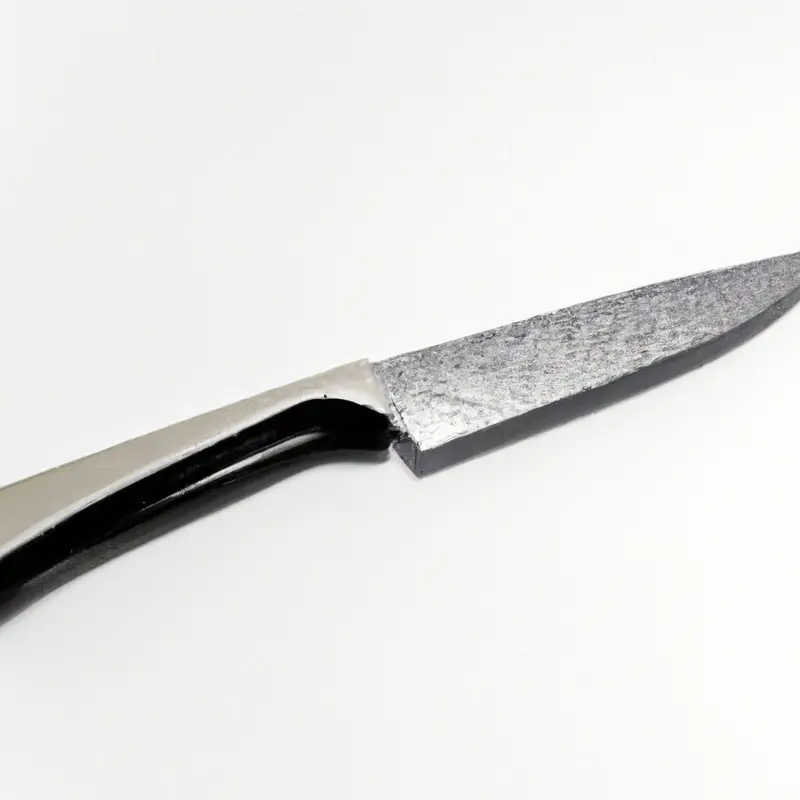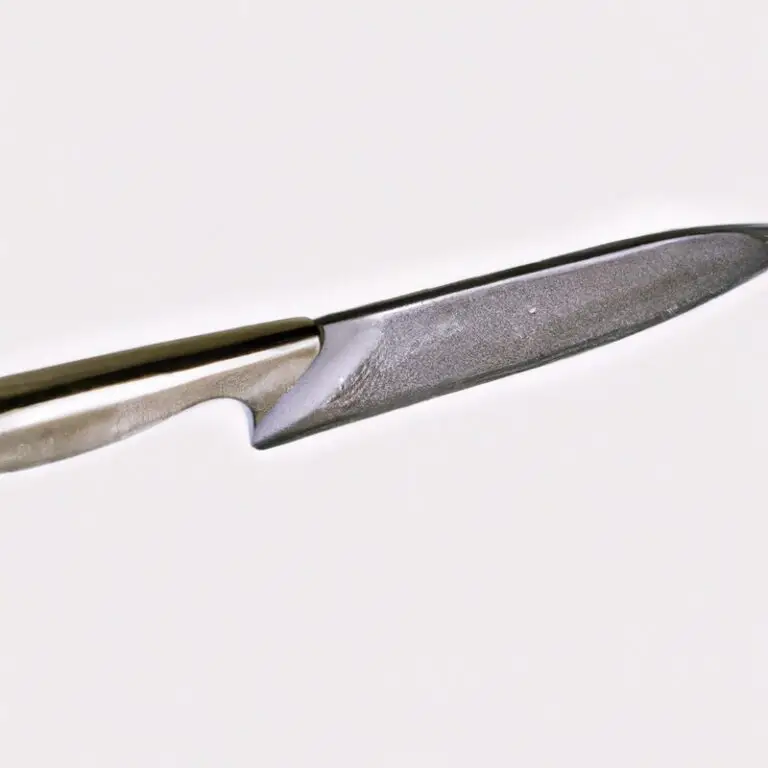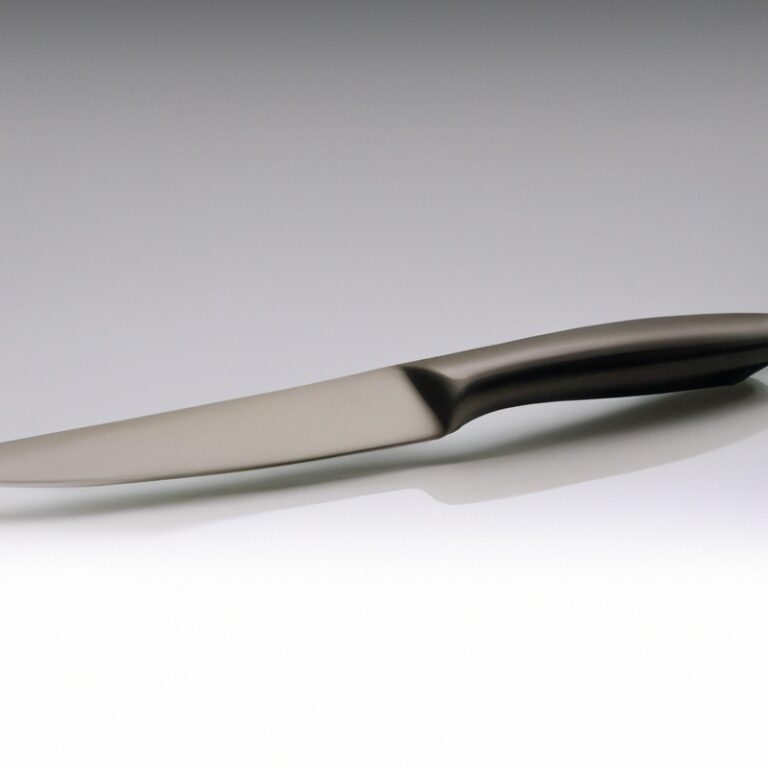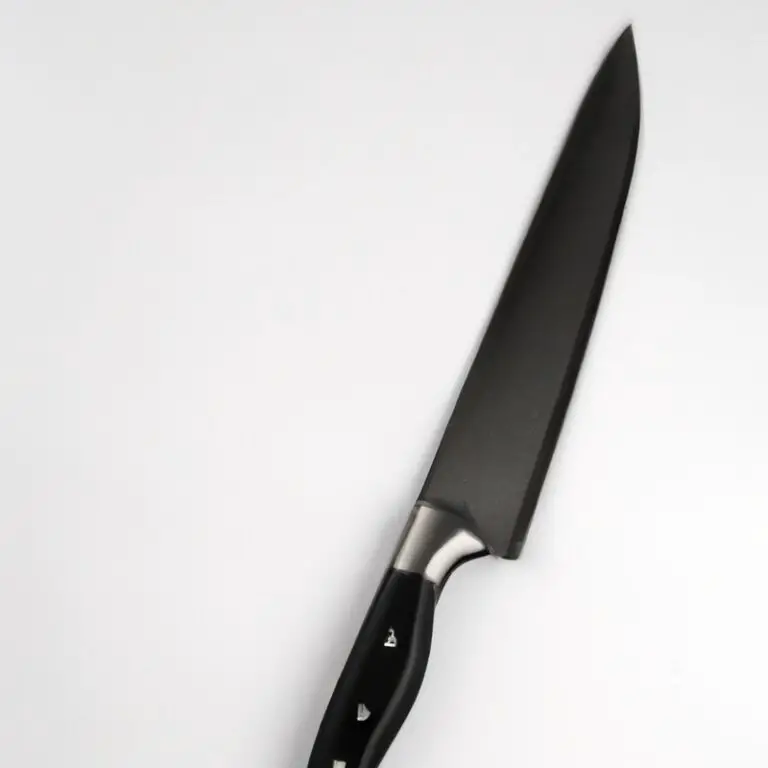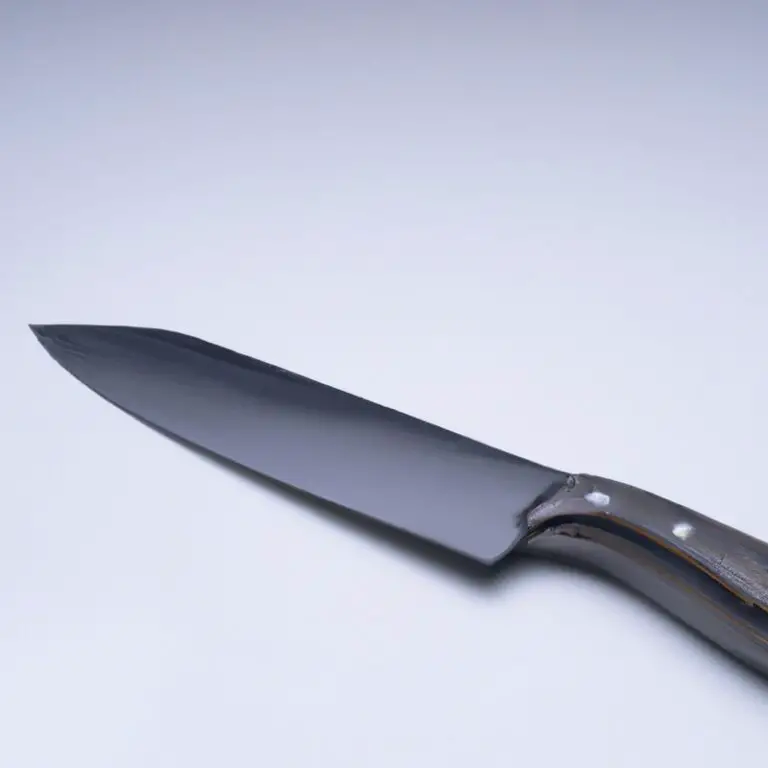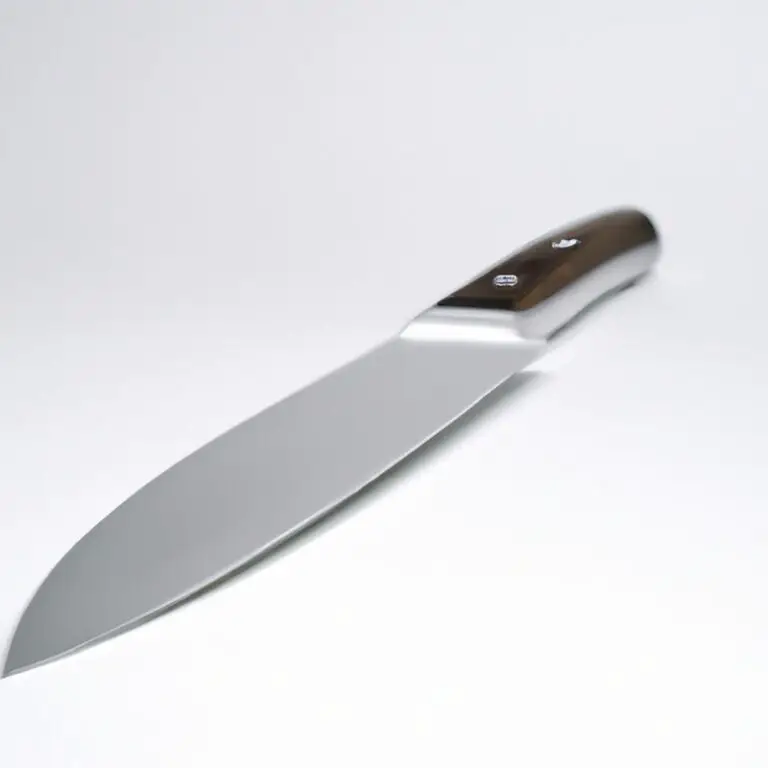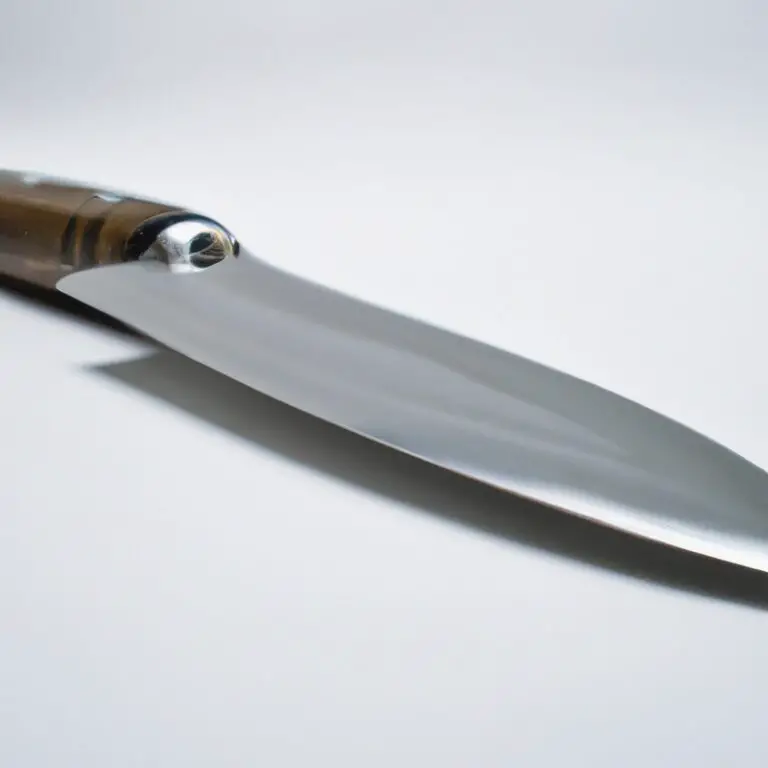What Are The Characteristics Of Stainless Damascus Steel?
Key Takeaways:
- Stainless Damascus steel is known for its high strength and durability.
- This type of steel exhibits a distinct wavy pattern, giving it a visually appealing and unique look.
- Stainless Damascus steel offers superior corrosion resistance, making it suitable for various applications.
- The production process of stainless Damascus steel involves layering and forging different types of steel together.
Have you ever wondered what makes stainless Damascus steel so special?
Well, today I’m here to unravel the fascinating characteristics of this remarkable material.
From its composition to its manufacturing process, and even its applications, stainless Damascus steel has captured the attention of artisans and craftsmen alike.
With its exceptional strength, stunning patterns, and resistance to corrosion, this steel stands out from the crowd.
Whether it’s used for knives, jewelry, or decorative art pieces, stainless Damascus steel is sure to impress.
So, let’s dive deeper into the world of this extraordinary material and discover why it’s loved by many.
| Characteristics | Description |
|---|---|
| High Hardness | Stainless Damascus steel is known for its exceptional hardness, making it highly resistant to scratching and wear. |
| Sharpness | The blade of stainless Damascus steel can achieve and maintain a sharp edge for extended periods, making it perfect for cutting and slicing. |
| Durability | Stainless Damascus steel is extremely durable and can withstand heavy use without losing its structural integrity. |
| Corrosion Resistance | Due to its high carbon content and additional layers, stainless Damascus steel shows excellent resistance to corrosion and rusting. |
| Unique Aesthetic | The beautiful patterns formed by the layering and folding process give stainless Damascus steel a distinct and visually appealing look. |
Composition of stainless Damascus steel
Types of stainless steel used in Damascus steel
Stainless Damascus steel is created by layering different types of stainless steel together and then forging and folding them to create the iconic patterns. Some common types of stainless steel used in Damascus steel include:
- C Stainless Steel: Known for its high carbon content, this type of stainless steel provides excellent edge retention and hardness. It is often used for the cutting edge of Damascus steel blades.
- VG-10 Stainless Steel: Popular among knife makers, VG-10 is known for its exceptional sharpness and corrosion resistance. It is frequently used in the production of Damascus kitchen knives.
- Stainless Steel: This type of stainless steel is often used as the outer layer in Damascus steel due to its corrosion resistance and attractive finish.
- Stainless Steel: With its higher nickel content, 316 stainless steel offers superior resistance to corrosion and is commonly used in applications where exposure to harsh environments is expected.
By combining these different types of stainless steel, Damascus steel achieves a unique blend of strength, durability, and aesthetic appeal.
Additive elements and their effects
In stainless Damascus steel, additive elements are used to enhance its properties. Here are some common additive elements used and their effects:
- Nickel: Increases toughness and corrosion resistance.
- Molybdenum: Improves strength, hardness, and corrosion resistance.
- Chromium: Enhances corrosion resistance and helps maintain sharpness.
- Vanadium: Increases wear resistance and helps form carbides for improved cutting performance.
- Cobalt: Provides strength and helps retain sharpness.
These additive elements contribute to the overall quality and performance of stainless Damascus steel, making it a popular choice for various applications.
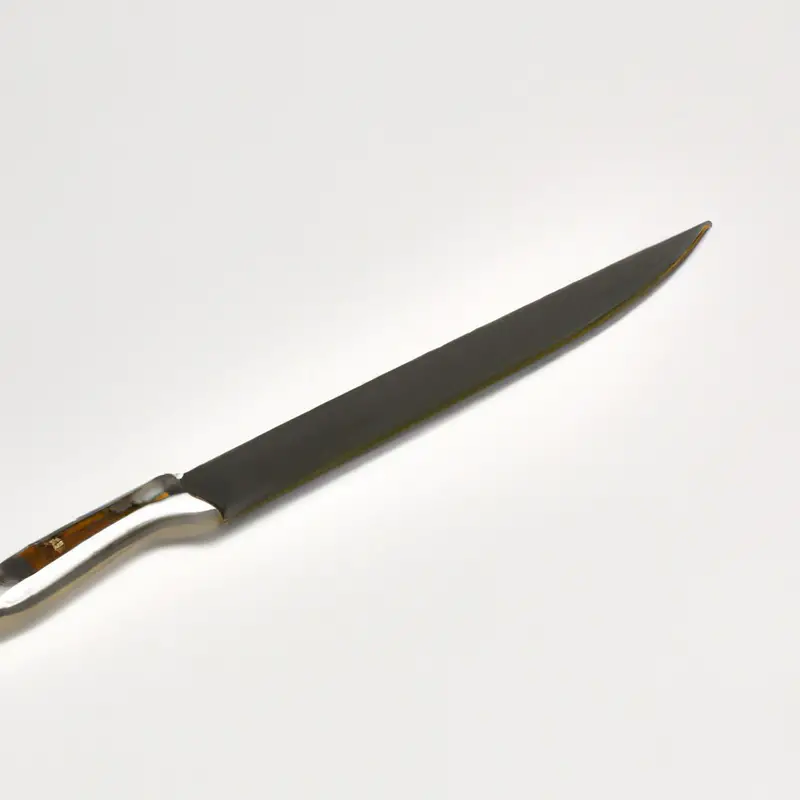
Importance of carbon content
The carbon content is crucial in stainless Damascus steel as it directly affects its hardness and strength.
A higher carbon content results in a harder and more durable steel, while a lower carbon content provides more flexibility.
The right balance of carbon is important to achieve the desired properties of the steel.
It is essential to carefully control the carbon content during the manufacturing process to ensure the steel meets the specific requirements for different applications, such as knives or jewelry.
Adjusting the carbon content allows for customization and the creation of steel with varying properties.
Manufacturing process of stainless Damascus steel
Forge welding
Forge welding is a key step in the manufacturing process of stainless Damascus steel. This technique involves heating and joining layers of different steels together, creating a solid billet.
The layers are then forged under high pressure, allowing them to bond and become one.
Forge welding is crucial for producing the distinct patterns and strength that stainless Damascus steel is known for. It requires skill and precision to ensure a successful weld, and the quality of the weld greatly impacts the final product’s performance and durability.
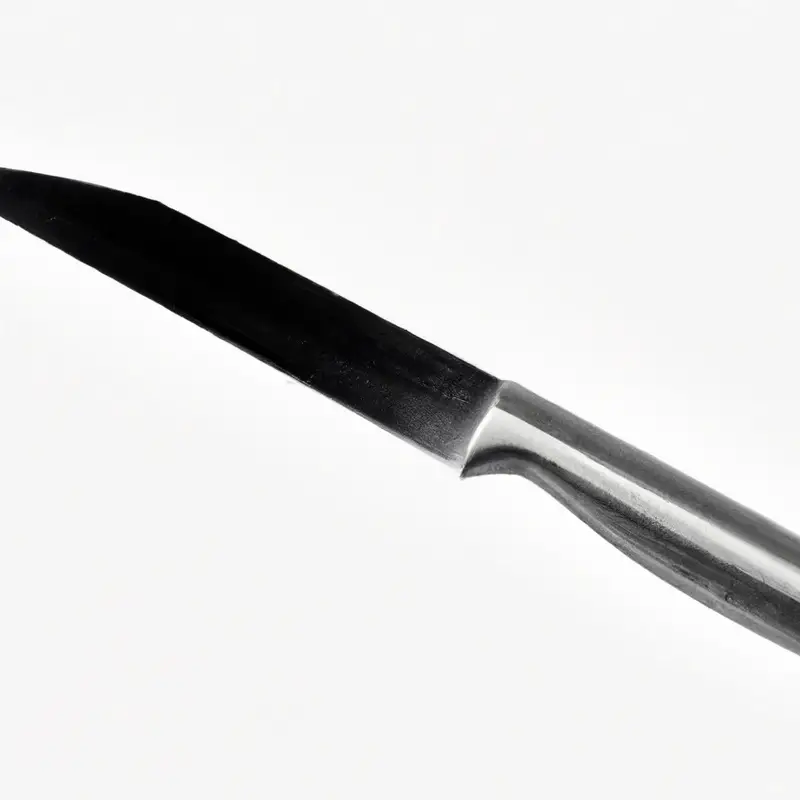
Layering and folding technique
The layering and folding technique is a critical step in the manufacturing process of stainless Damascus steel.
During this technique, multiple layers of different types of stainless steel are stacked together.
This creates a visually appealing pattern and increases the strength and durability of the steel.
The stacked layers are then heated, forged, and folded repeatedly to eliminate impurities and create a more uniform structure.
This process helps to enhance the performance and aesthetic qualities of stainless Damascus steel, resulting in its unique and highly sought-after characteristics.
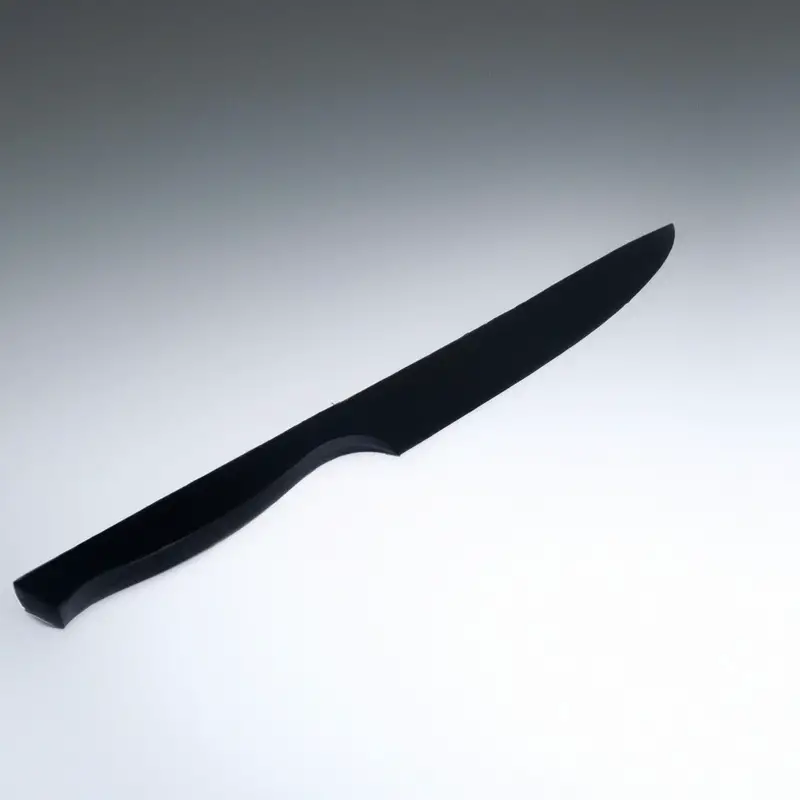
Heat treatment process
In the heat treatment process of stainless Damascus steel, the goal is to optimize the hardness, strength, and overall performance of the material.
This involves a series of steps, including heating the steel to a specific temperature, known as the austenitizing temperature, and then quenching it rapidly in a suitable medium, such as oil or water.
This rapid cooling transforms the structure of the steel, making it harder.
After quenching, the steel is often tempered to relieve internal stresses and further enhance its toughness and ductility.
The exact temperature and duration of the heat treatment process can vary depending on the desired characteristics and the specific composition of the steel.
Unique characteristics of stainless Damascus steel
High strength and durability
Stainless Damascus steel is renowned for its high strength and durability. Its unique composition and manufacturing process contribute to these exceptional qualities.
The layering and folding technique, along with the heat treatment process, enhances the steel’s structural integrity and toughness.
This makes it perfect for applications requiring a strong and long-lasting material. Whether it’s knives, jewelry, or decorative art pieces, stainless Damascus steel ensures that your products will withstand the test of time.
Its strength and durability are what set it apart from other materials.
Attractive and distinctive patterns
The attractive and distinctive patterns found in stainless Damascus steel are one of its most captivating features.
This unique steel showcases a mesmerizing ripple or wave-like pattern known as “Damascus patterning.” These intricate patterns are a result of the layering and folding technique used during the manufacturing process.
The alternating layers of different types of stainless steel create a visually stunning effect that is truly one-of-a-kind.
Whether used in knives, jewelry, or decorative art pieces, stainless Damascus steel’s patterns add a touch of elegance and beauty to any item.
Corrosion resistance
Stainless Damascus steel exhibits excellent corrosion resistance due to its composition and manufacturing process.
The stainless steel used in Damascus steel is highly resistant to rust and tarnish, making it suitable for various applications.
The layering and folding technique used during production further enhances the steel’s corrosion resistance.
This means that objects made from stainless Damascus steel, such as knives, jewelry, and art pieces, are less prone to rust and can withstand exposure to moisture and environmental factors.
The corrosion resistance of stainless Damascus steel adds to its overall durability and maintenance-free nature.
Applications of stainless Damascus steel
Knives and blades
Stainless Damascus steel is widely used in the manufacturing of knives and blades.
Its high strength and durability make it an excellent choice for these applications.
The unique layering and folding technique used in its production contribute to its sharpness and edge retention, making it ideal for cutting and slicing tasks.
The attractive and distinctive patterns created by the layering process also add to the aesthetic appeal of knives and blades made from stainless Damascus steel.
Additionally, its corrosion resistance ensures that these tools remain in good condition even with frequent use.
Jewelry and accessories
Jewelry and accessories made from stainless Damascus steel are highly sought after for their unique and attractive patterns.
The combination of different layers and metals creates a stunning visual effect that adds elegance and style to any piece.
In addition to their aesthetic appeal, stainless Damascus steel jewelry and accessories are also durable and resistant to corrosion, ensuring that they will last for a long time.
The sharpness and edge retention of the steel make it ideal for intricate and detailed designs.
Whether it’s a bracelet, necklace, or a pair of earrings, stainless Damascus steel jewelry is a stunning choice that is sure to make a statement.
Decorative art pieces
Decorative art pieces made from stainless Damascus steel are truly captivating. The unique patterns created by the layering and folding technique make each piece one-of-a-kind.
Whether it’s a sculpture, a vase, or a wall art, the intricate designs and the reflective surface of stainless Damascus steel add a touch of elegance and sophistication to any space.
The durability and corrosion resistance of the steel ensure that these art pieces will stand the test of time, making them a worthwhile investment for any art enthusiast.
Firearms and weapon manufacturing
Firearms and weapon manufacturing have long relied on stainless Damascus steel for their production.
Its high strength and durability make it an ideal material for barrels, receivers, and other critical components.
The layering and folding technique used in its manufacturing process results in a unique pattern that adds to the aesthetic appeal of firearms.
Additionally, the corrosion resistance of stainless Damascus steel ensures the longevity of these weapons, even in harsh conditions.
Its sharpness and edge retention also make it a preferred choice for blades and cutting edges on firearms.
Overall, stainless Damascus steel plays a vital role in the manufacturing of high-quality firearms and weapons.
Care and maintenance of stainless Damascus steel
Cleaning and drying techniques
To keep your stainless Damascus steel clean and in good condition, it is important to follow proper cleaning and drying techniques. Here are some tips:
- Use a mild soap or dishwashing liquid mixed with warm water to clean your stainless Damascus steel. Avoid using harsh chemicals or abrasive cleaners that can damage the surface.
- Gently scrub the steel with a soft cloth or sponge, focusing on any areas with stubborn stains or residue. Be sure to rinse thoroughly to remove any soap residue.
- After cleaning, dry the steel completely with a soft cloth to prevent water spots or the formation of rust. Ensure that no moisture is left behind, especially in crevices or between layers of the steel.
- To maintain the polished appearance of the steel, you can use a stainless steel cleaner or polish specifically designed for Damascus steel. Follow the manufacturer’s instructions for best results.
- Avoid soaking or leaving your stainless Damascus steel in water for extended periods. Moisture can promote corrosion and damage the steel’s surface.
- If you notice any signs of oxidation or rust, gently remove it using a non-abrasive cleaning pad or a mixture of baking soda and water. Rinse and dry thoroughly afterward.
Proper storage methods
To ensure the longevity of your stainless Damascus steel items, proper storage is essential.
Here are some simple storage methods to keep in mind:
- Clean and dry: Before storing, make sure your stainless Damascus steel items are clean and completely dry. This helps prevent corrosion and other damage.
- Use a protective covering: Wrap your items in a soft cloth or place them in a protective sheath to prevent scratches and dust accumulation.
- Store in a dry environment: Moisture can lead to corrosion, so it’s important to store your stainless Damascus steel items in a dry place. Avoid storing them in areas prone to humidity or near water sources.
- Avoid exposure to extreme temperatures: Extreme heat or cold can affect the integrity of stainless Damascus steel. Store your items in a temperature-controlled environment to minimize any potential damage.
Maintenance practices to avoid corrosion
To avoid corrosion and keep your stainless Damascus steel in top condition, there are a few maintenance practices you can follow. Firstly, make sure to clean your steel regularly using a mild soap or detergent and warm water.
Avoid using abrasive cleaners or scrubbing pads that can scratch the surface.
Secondly, dry the steel thoroughly after cleaning to prevent moisture from sitting on the surface and causing rust. Thirdly, store your steel in a dry environment and use protective coatings, such as mineral oil or blade oil, to provide an extra layer of protection against corrosion.
Final Verdict
Stainless Damascus steel is a remarkable material with unique characteristics that set it apart from conventional steels. Its composition, manufacturing process, and careful heat treatment result in a steel that is both strong and durable, with excellent corrosion resistance.
Add to that the stunning and distinctive patterns created through layering and folding, and you have a material that is not only functional but also visually appealing.
Whether used in knives, jewelry, or decorative art, stainless Damascus steel showcases craftsmanship and sophistication. With proper care and maintenance, it can provide a lifetime of reliable performance.

